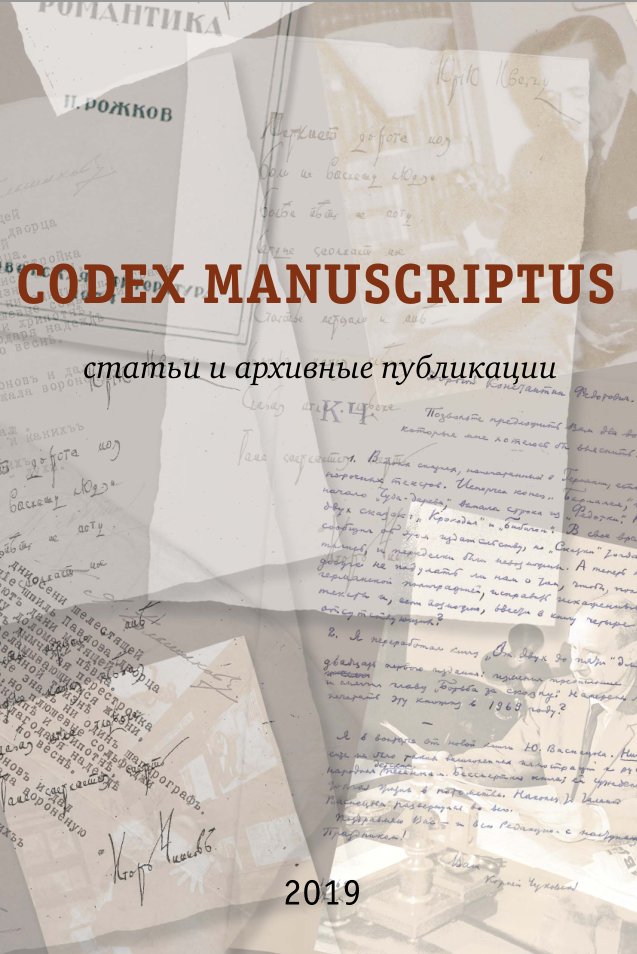Abstract:
Fantasy is a productive genre connected with myth. Any phenomenon goes through the process of interpretation, is a conditional reflection of facts, forms a new reality. Secondary mythological space and consciousness, the game aspect of myth-making have different pragmatics. Fantastic literature breaks down into types, from which, relatively simply, one can single out science fiction that does not violate everyday life, whose oddities are explained scientifically and potentially. The criteria for distinguishing fantasy from fantastic literature and fantasy and fairy tales are misty, however, fantasy is a more complex structural and pragmatic system. According to the understanding of fantasy, genres-forerunners and authors-ancestors would differ. Romance — reconstruction-experiment by W. Morris, implicated in dream-vision, reminiscent of allegorical poems of the late Middle Ages, is an eclectic genre built on secondary mythology. The central figure is the mysterious Lady associated with magic. The romances use symbolic artifacts, which are not always plot-forming, but loop the plot. The characters are mostly anonymous, but represent a generalized archetypal image. The world of the Faerie is transformed into a search for a secret magical place associated with the female image. The definition of fantasy is unstructured. Fantasy puts the initially mythological plot to multiplied processing. It is directly related to secondary reality and mythology, multifaceted, its characters are ambiguous, events are undetermined, semantics and pragmatics depend on the author and the reader-interpreter. Mythology is the material and the field for the game, archetypes are the object of interpretation.






